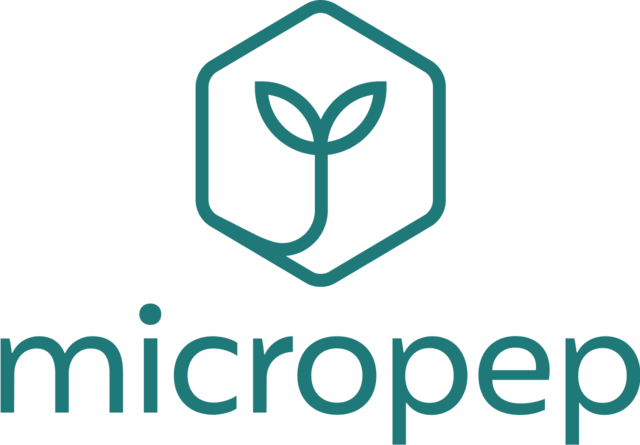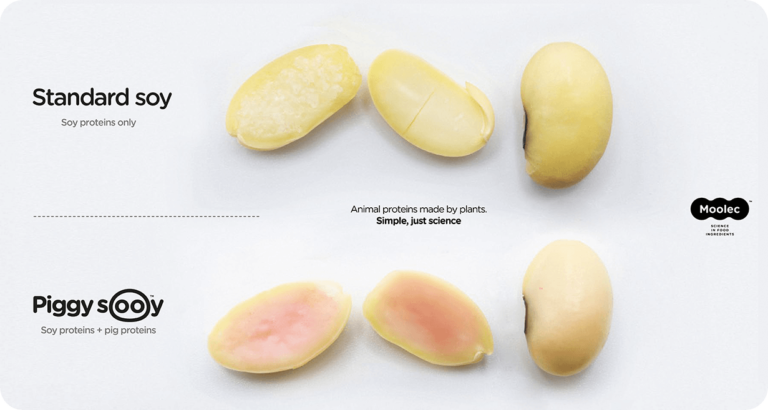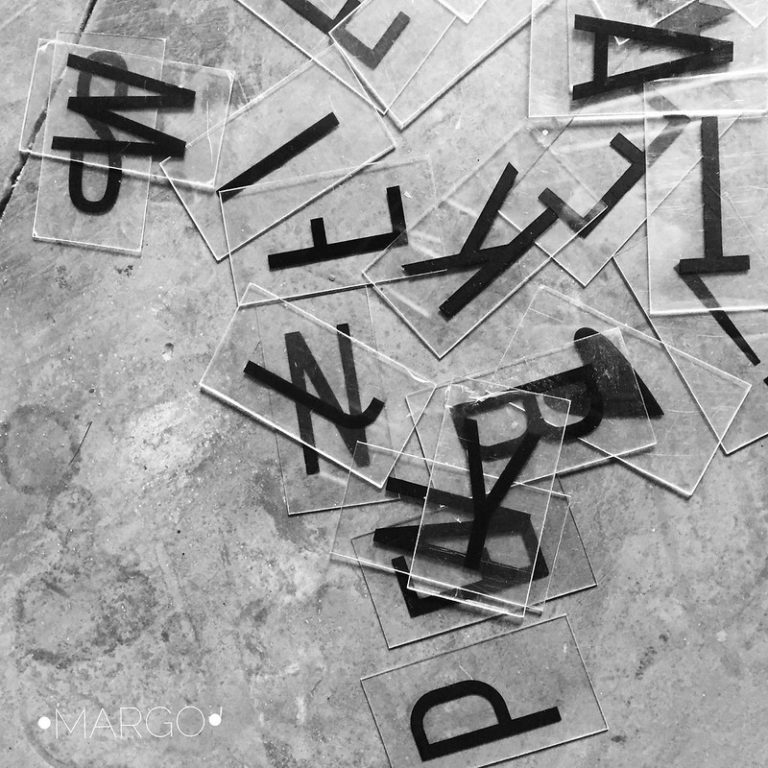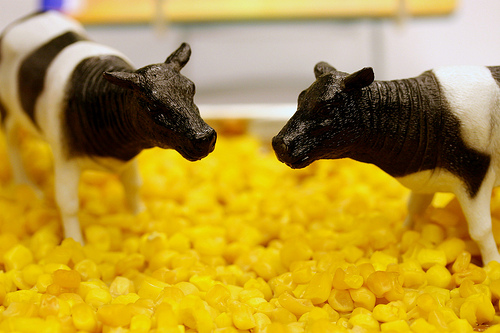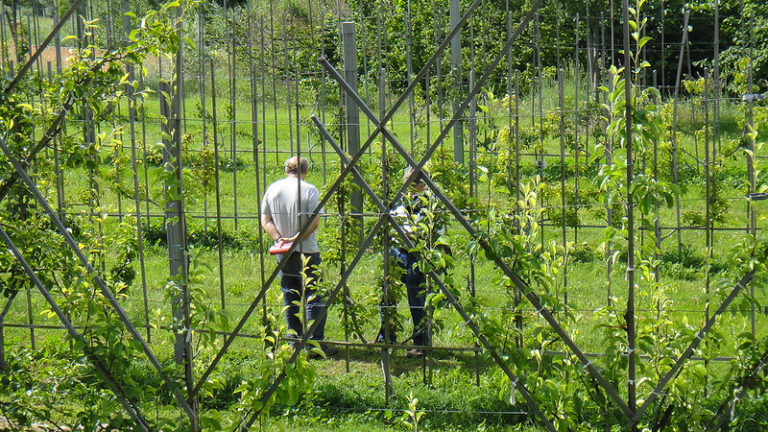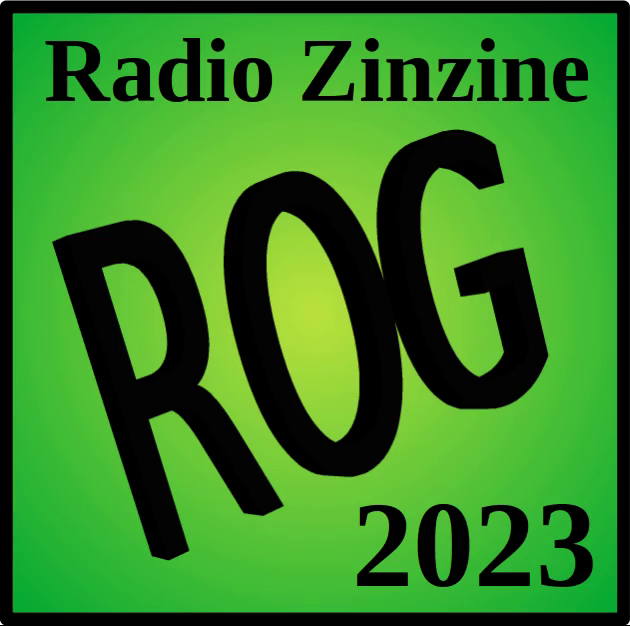Actualités
EU – According to a lobby group: new plant breeding techniques do not give rise to GMOs
Are plants, animals, microorganisms or fungus manipulated using new plant breeding techniques (NPBT) genetically modified organisms (GMOs) under European legislation or not? This question was raised in 2008 and has yet to be answered. Some stakeholders (among which industries), members of the New Breeding Techniques Platform (NBT Platform), say that such plants are not GMOs and should not fall under the scope of the GMO legislation. Thanks to UK freedom of information laws, documents – including a legal analysis by the NBT platform – provided by the biotechnology lobby group EuropaBio to the British environment ministry DEFRA have been disclosed [1].
The NBT platform “strives for legal clarity of New Breeding Technologies (NBTs). New Breeding Technologies provide non-GM solutions for large companies, SMEs [small and medium-sized entreprises] and scientific organizations to enhance crops. […] The Platform informs stakeholders about the necessity of availability of NBTs. Schuttelaar & Partners holds the secretariat.” [2]. The consultancy firm Schuttelaar & Partners coordinate this platform and explain that “over a dozen companies and research institutes have joined forces to plead their case at a European level via the NBT Platform.” [3] According to Schuttelaar & Partners, the members of this platform are KeyGene, VIB, Rijk Zwaan, Inova Fruit, SESVanderHave, Rothamsted Research, Centre R&D Nestlé Tours, Syngenta, Meiogenix, Cellectis Plant Sciences, SweTree Technologies, Semillas Fitó.
On 9 April 2014 the NBT platform published a legal analysis detailing, technique by technique, the adopted approach to answering the question of the GMO or non-GMO legal status of products obtained through the use of one of seven new techniques of biotechnology [4].
A clear conclusion: no new technique gives rise to GMOs
According to the NBT platform, a plant genetically manipulated through the use of one of the new biotechnology techniques will be considered a GMO if it fits seven criteria composing the definition provided by the EU 2001/18 directive [5]. This approach is similar to the one adopted by the European expert group mandated by the European Commission, which met between 2008 and 2012 to answer the same question [6].
Following such a method, the legal analysis explains, technique by technique, the reasons why the products should be considered – or not – as GMOs. And the final conclusion is quite clear: none of the seven techniques analysed give rise to GMOs. The products obtained should therefore not fall under the scope of the European GMO legislation.
One authorisation for the GM rootstock, no matter what the grafted plant?
Among the seven techniques, grafting is the subject of an additional note in the NBT platform’s legal analysis. This technique aims at fusing a non-GM scion on a GM rootstock. It can also consist of fusing a GM scion onto a non-GM rootstock, though the legal analysis does not deal with cases of this type. Grafting technique is not a technique aiming at modifying the plant genome but at bringing the modification to the plant (the characteristic linked with the modification is brought to the plant, not inserted). Grafting of transgenic plants is already occurring with field trials like the one in a vineyard in France, in which a non-GM scion has been fused to a GM rootstock. The question raised here is therefore whether or not the grafting means that the plants lose their GMO status. The NBT platform does not ask specifically such a decision but suggests that the commercial authorisation given for the GM rootstock should be valid without considering the nature of the non-GM scion. Paradoxically, this approach is opposed to the one adopted on the request of the industry, which aims at dealing with every request on a case-by-case basis.
The European Commission has not decided yet
In an interview with Inf’OGM, Dorothée André from the European Commission confirmed that the EC had received this legal analysis, explaining, “no other analysis from the industry has been received by the Commission to my knowledge […] The EC has also received positions expressed by member states, public institutions and NGOs”.
The Biosafety Advisory Council (Belgium), the Netherlands Commission on Genetic Modification (COGEM), the Advisory Committee on Releases to the Environment (United Kingdom), and the Federal Office of Consumer Protection and Food Safety (Germany) have sent their analyses to the European Commission According to the Commission, the analyses sent by NGOs are more political position statements than legal analysis. Dorothée André explained, “The legal analysis that the European Commission is working on will be based on the European legislation.” We are still waiting for the analysis with the Commission’s conclusions. In June 2014 Eric Poudelet, also from the European Commission, told Inf’OGM: “A member states’ working group has dealt with this question from a scientific point of view. But defining if an organism produced with one of the new techniques falls under the scope of the GMO definition is a legal question and [the services of the European Commission’s unit on the safety of the food chain within DG SANCO], together with the legal services of the Commission, are working on this.” Regarding the calendar to be followed, M. Poudelet hopes that “the outcome might be presented in the near future to member states and stakeholders”.
[4] Zinc finger nuclease (ZFN) technology (ZFN-1, ZFN-2 and ZFN-3), Oligonucleotide Directed Mutagenesis (ODM), Cisgenesis, RNA-dependent DNA methylation (RdDM), Grafting (non-GM scion on GM rootstock), Reverse breeding, Agro-infiltration (agro-infiltration ‘sensu stricto’, agro-inoculation)
[5] Being considered as a GMO implies, according to NBT platform, to be : a) an organism; b) which is not a human being; c) in which genetic material has been altered vis-à-vis the starting plant material; d) where the genetic alteration does not (and cannot) occur naturally by mating and/or natural recombination; e) where the genetic modification occurs at least through the use of the techniques listed in Annex I A part 1 (but is not limited to those techniques); f) where the techniques in Annex I A Part 2 are considered not to result in genetic modification; and g) where the use of the techniques/methods listed in Annex I B are considered not to result in an organism that is subject to the requirements of Directive 2001/18/EC (because of their longstanding conventional use and safety record).







